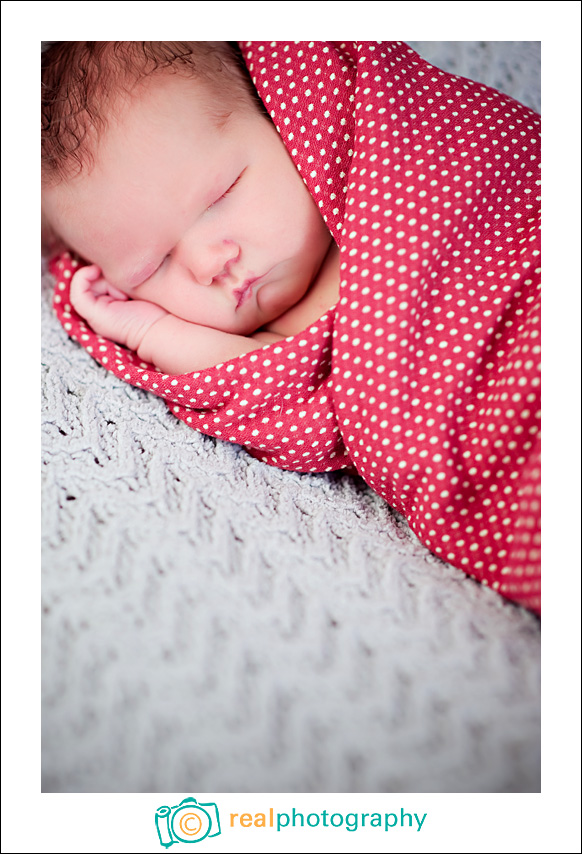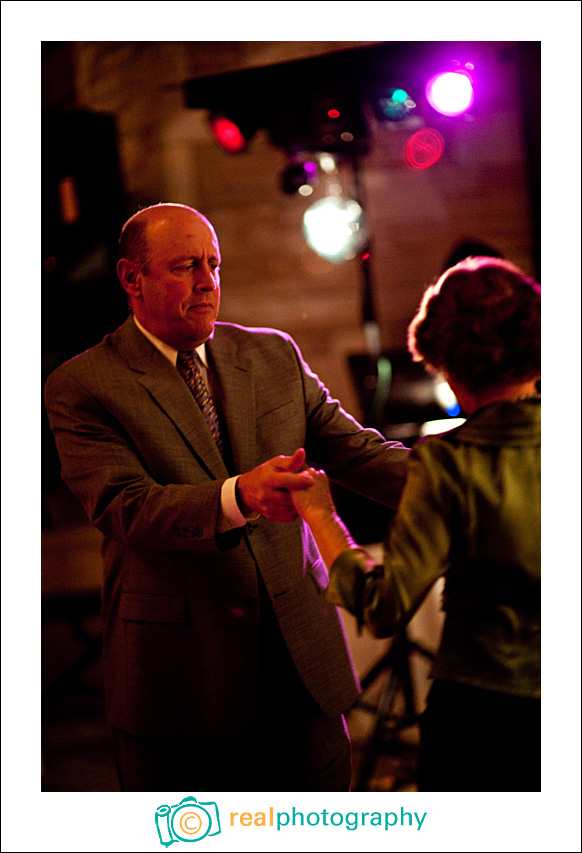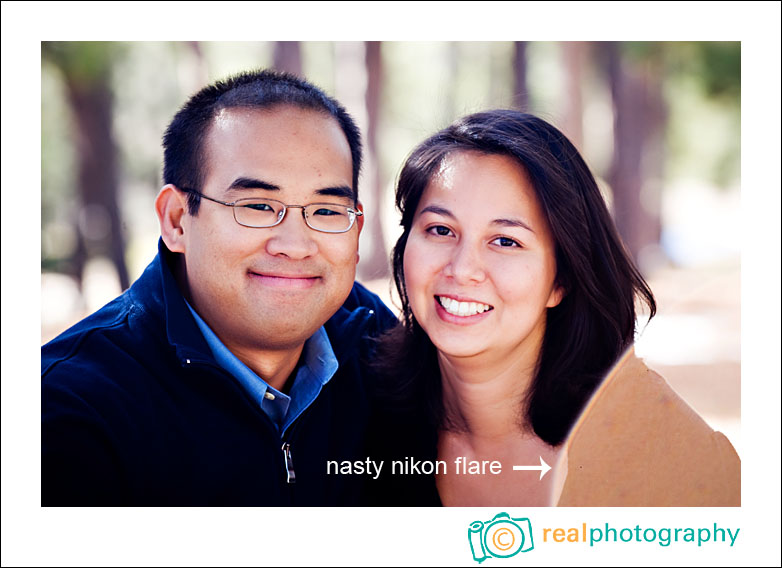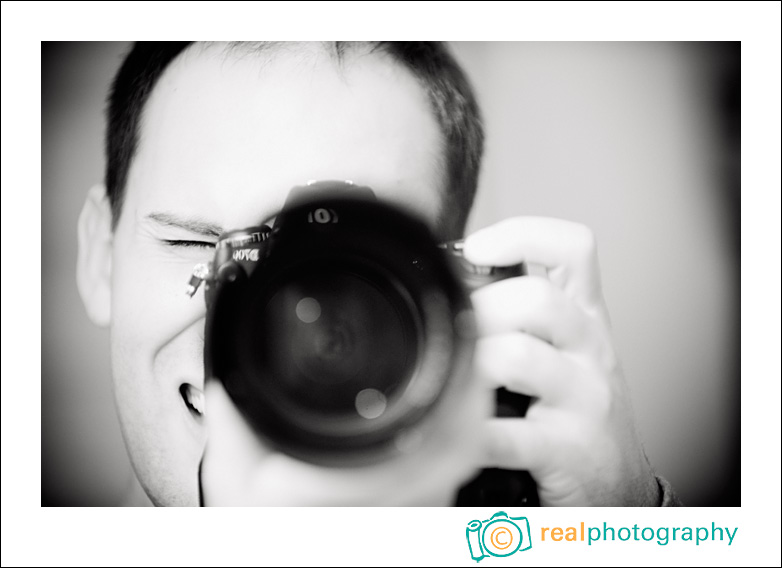Last week I discussed the reasons behind our switch from Canon equipment to Nikon…this week it’s time for my review of the differences between the systems. With our Nikon gear I’ve shot two weddings and over half a dozen portrait shoots, so I feel ready to talk about the differences now that I’ve had some good practice with the Nikon gear.
A quick disclaimer: these are my own opinions (and some I share jointly with Nic)–everyone experiences camera equipment in a different way, looks for different things in images, and has different priorities. I am sure that for every opinion I have about Nikon and Canon gear, there’s someone who has experienced the opposite. I’m not trying to convince anyone that either brand is better. I just know that as we decided to switch, the experiences of other people who had shot with both brands was invaluable and I wanted to add a drop back into the pool. :)
Here’s what I love about Nikon gear:
– 51 autofocus points vs 9. The placement of autofocus points have never made sense to me–particularly on the 5d, where they moved even closer to the center. With good composition demanding that your subject not be smack dab in the middle of your image, it’s rare for me to want to use a focus point there! The focus points often demand that you either use focus-and-recompose (which I flat out refuse to do), place your subject behind a focus point and crop the image later to get your desired composure, or manual focus (which I did increasingly for images where my subject was jammed in one of the corners). With Nikon, this problem is not solved, but with 51 choices, and ones that intersect (or come very close to intersecting) the rule of thirds, it’s SO much better!

– Autofocus reliability. This drove our switch, and I have been very pleased with the reliability of the Nikon autofocus. Tricky situations (where the subject is near anything with texture [often a brick wall] ) that the 5d would have failed in (prompting me to use manual focus or take 12 shots hoping one of them would work) are not a problem for the Nikon bodies. The way the lenses focus is different, too. And I like it better–instead of going in and out, in and out, it tends to just “think” (for lack of a better word) then lock on and take the shot. However I just got the new 50mm f/1.4 and was bummed to see that its focusing process was more like the Canon lenses (it’s not really pleasant to see the image go in and out, in and out while you’re looking through the viewfinder).
– The klutz factor. Nikon gear is incredibly rugged. If you’ve seen any of the you tube videos of purposeful abuse to the D3, you’ll know what I’m talking about. Canon gear is much more fragile–you knowthat if anything falls, you’re looking at a trip back to Canon repair. Not the case with Nikon. I slipped on some ice at our snowy wedding earlier this month and fell down hard–with two cameras hitting the ground at the same time I did. Nic’s first words were “go inside and let’s figure out what you’ve broken,” cause he is a trained Canon man. I looked at him like he was crazy and just asked for his lens cloth to wipe down the globs of snow stuck to everything. That fall would have taken at least one of the cameras out of commission if it had been Canon equipment. But I knew that with the D3 and D700, everything would keep on trucking. (And it did!)
– The knobs and buttons. I will say that I miss the “joy stick” on the 5d. But overall, the buttons and placement of everything on the Nikon bodies are fantastic. Particularly on the D3. I really like using it–particularly ISO changes. (Something to note for anyone switching–Nikon is backwards in EVERY way from Canon. From putting the lenses on counter-clockwise instead of clockwise to the meter [it is shown + to – instead of – to + like a normal human would expect]. You can set the meter back to the right way, so that it shows – to +, but if you’re adjusting the exposure compensation, you still have to turn the knob to the left for + and the right for – which is taking some relearning for me–I have to THINK about what I’m doing instead of just doing it. So far I’ve only dorked it up once.) :)
– The feel of the cameras. They are great in your hand. The D700 battery grip gives you a more solid handle than the 5d.
– The noise. I cannot compare to the 5dii, since all I know is the 5d, but compared to it, the noise at high ISOs is awesome. 1600 was our old standard for receptions, and now we shoot at 3200…and I’m happier with the results. The noise looks more like film grain and less like digital noise than our Canon cameras, and I don’t mind grain. It also keeps outstanding detail, which was muddied at high ISOs with the Canon gear.

– The burst and write capabilities. These cameras are FAST. I can use them at my usual machine-gunner pace and not have to stop and wait for the camera to catch up to me.
– The flash ergonomics. The SB-900 is very well designed and much easier to get to what you want to change immediately than the Canon 580 or 580 II.
– Two card slots. This one isn’t really fair, since the Canon 1ds mkIII offers two card slots as well. However, in order to get two card slots on a Canon camera, you have to spend $4k more than you do with a Nikon D3. I love having the security of writing to two cards at one time, and I know our wedding couples love that, too!
– Metering. Nikon meters things more to my taste than Canon. Canon underexposes, Nikon overexposes. I like my images really bright, so this suits me.
– The camera + me = team. Especially in the last few months with my 5d, I felt I was fighting against the camera. It wasn’t keeping up with me or what I wanted to do. I felt limited by the camera, which is always a sign that it’s time to upgrade to the next level of camera body. When I got the D3, I felt I was well teamed with my camera again. It could keep up with what I wanted to do–be that a tricky focusing situation, or a ton of shots in a short time-span…instead of feeling limited by my camera, I felt freed by it. This is another “not fair” comparison, because the 5d and D3 are in different classes, BUT since my upgrade option on the Canon side was a $8k camera, that’s not really the right comparison either.
– As a lot of photographers have said in their recaps of their own switch, “Nikon just works.” The autofocus, the ruggedness, and a general “it’s there when you need it” feel are fantastic. Here comes the part where I eat my words…I did run into a problem with my D3 last weekend (before my fall, I will note) and needed to switch to my D700 back-up while we figured out a work-around. (My D3 is not currently talking nicely with the old D lenses. In order to use them, I have to set the aperture manually on the aperture ring. Like it’s 1984 or something.) :P So no camera system is perfect–this one is still headed back for repair.
Which leads perfectly into what I don’t love:
– The lenses. Not only are there a lot fewer of them (there is no 35mm f/1.4 Nikon equivalent–which is what kills me the most), but I’m not in love with any of them in the same way that I loved my Canon lenses. It’s pretty much an exact swap. Under Canon, I didn’t love the bodies, but I loved the lenses. With Nikon, I don’t love the lenses, but I’d marry the bodies. The way the Nikon lenses feel in your hand isn’t as nice–particularly with the 70-200, which stays mounted on my camera a lot. It’s skinnier than the Canon version, and has lots of bumps and changes along the way (it’s also longer). The Canon version felt much nicer to hold.
– Did I mention the lenses? Canon updates their lenses very very frequently. Nikon does not. While this is awesome when you buy a lens and know it’s gonna be around for a long time, it sucks in that sometimes you’re buying very old lenses. My 85mm f/1.4 is over ten years old. (Not the actual lens, of course, but the overall design.) Now, this means that you’re missing out on newer innovations. For one thing, the D lenses have the manual aperture ring on them…and that’s just one extra thing that could go wrong (see above). The biggest thing for me, though, is that the older lenses don’t benefit from the advances in flare and chromatic aboration control that have been made in recent years. (And when you use backlighting as much as I do, this is big.)
– Yeah–more about the lenses. I was spoiled by Canon. Flare was incredibly rare, and I rarely pulled out my lens hood. With the Nikon lenses I have to use the lens hood or I get flare. I see this most with the 70-200. I never even thought about flare with my Canon version, but now sometimes even the hood isn’t enough and I need Nic to stand with the reflector acting like a really giant lens hood. And for the fans of flare, it’s not pretty flare. It’s big blob flare which requires time-consuming photoshoppery to remove:

– Flash recycle rate. In our Canon days, we shot with the 580 II (and the 580) and the battery pack to increase the recycle time. We were very happy with the recycle speed. With the Nikon gear, we’re shooting with SB-900 flashes and the SD-8 battery packs. They take 6 batteries instead of 8, and I am NOT impressed with the recycle speed. It is dramatically lower but from reviews, I don’t know that the SD-9 is a worthwhile upgrade. We need to do more research about this, but my initial thought is that Canon has the edge in recycle time.
– The backward-nes. :P I think most people think – is on the left and + is on the right, regardless of whether or not you have ever seen a camera meter. I should be able to turn a nob to the left to make the image under exposed and turn it to the right to make it over exposed. I just should. :P
– The menus. I shot with a Nikon point and shoot back in the day, so those are the digital menus I learned on, but I think Canon handles the menus better. Luckily almost everything is right there in buttons on my D3, but when I do have to go into the menus, I’m not a fan. Having four separate menus isn’t super intuitive–I don’t always agree with Nikon over what is a set-up issue and what would fall under the shooting menu.
– The Nikon lens mount is smaller. I don’t like it. :P (this is the part of the list where I get into the pathetic complaints)
– The D700 comes with a pop-up flash. Versus the 5d which doesn’t. I *hate* camera pop-up flashes cause I have a tendency to accidentally hit the flash button and then it pops up and surprises me, but not in a good “free hamburger” way, just a “where did that come from? now I look flustered and unprofessional” way.
– Nikon’s default setting is to shoot without a memory card. This is an insane default and I turned it to off the minute I took the cameras out of their boxes.
– Nikon’s professional services department is geared toward photojournalists and they seem to have a “portrait and wedding photographers aren’t real professionals” attitude. In order to join their professional services, you have to show 2 tear sheets for each calendar year. Canon, on the other hand, understands that you don’t have to sell images to magazines and newspapers to be a full time photographer. (This is an issue when it comes to repairs and renting equipment.)
What was a mute point? (Or a moo point, as Joey would say…)
– Color. The first week or two were difficult as I learned to process the Nikon images. Whichever camera you have, you get used to its idiosyncrasies and learn what you need to do to it in order to get the results you want. I definitely had to re-learn this when we switched. But after a month, I didn’t even think about it anymore. I love the color I get now just as much as I love the color from the Canons. Since I shoot in RAW and make all white-balance and color decisions in post-processing anyway, the straight out of camera results from either camera are void.
Bottom line, Nikon cameras are the bomb, but I’d like to attach those cameras to Canon lenses. This is at the heart of my conclusion that if I were to only shoot portraits, I’d be a Canon girl, but for weddings, I’m on the Nikon side. Weddings are incredibly demanding on your camera bodies–you need to be fast, accurate, and really really…fast to nail those moments. The camera needs to keep up with you, and you need to know that when you hit the button, it nailed the shot. You shoot in terrible lighting situations and need accurate meters, autofocus, and great high ISO performance. And you’re working so quickly that mistakes happen, which is why it’s great to know that if you drop your camera or fall on your butt, Nikon has you covered. But if I didn’t need those things, my heart is with the glass, and I’d be there with my red stripe Canon lenses to the very end.
With all that in mind, Nic and I disagree about what brand we would recommend to beginning SLR shooters. Nic says he would recommend Nikon, because of two factors: the versatile 18-200 lens and the SB-400 flash that allows you to bounce flash for a very low price in a very compact size. However, I would recommend Canon gear because of the increased lens options and straight-out-of-camera skin tones.
Posted in Photographer Tips


